In the dynamic realm of global finance, fintech emerges as the transformative brushstroke that’s reshaping the canvas. From mobile payments to blockchain, the world has witnessed an outburst of technological innovation, defining new norms for financial transactions. But while many regions jockey for dominance in this new era, Europe, with its rich tapestry of history, culture, and innovation, has craftily etched its mark. As the heartbeats of European financial hubs quicken, we delve into the continent’s fascinating journey in the fintech saga and its evolving role in the broader fintech narrative.
Tracing the European Fintech Lineage
From Humble Beginnings to Disruptive Innovations
Europe, with its centuries-old banking history, is no stranger to financial revolutions. The continent’s foray into fintech was more of an evolution than an overnight transformation. The early 2000s saw the first hints of change with the onset of digital banking and the proliferation of online payment gateways. As the decade advanced, a few brave startups embarked on endeavors to challenge traditional banking models, laying foundational stones for a broader fintech revolution. Regulatory changes, particularly in the post-2008 era, further catalyzed the growth, propelling Europe to the forefront of fintech innovations.
The Wind Behind Europe’s Fintech Sail
Navigating the Regulatory Waters
One of the cornerstone drivers fueling Europe’s fintech ascendancy is its proactive and supportive regulatory environment. The introduction of the Second Payment Services Directive (PSD2) stands out as a landmark moment. It not only fostered open banking initiatives but also ensured a level playing field for emerging fintech players to challenge banking incumbents. This forward-thinking approach by European policymakers provided a fertile ground for innovation, allowing startups to thrive and experiment.
The Digital Renaissance: Customer Demands Meet Technological Prowess
In an era where digital convenience is not just preferred but expected, European consumers rapidly gravitated towards fintech solutions that offered seamless, efficient, and transparent services. The surge in demand for digital banking, contactless payments, and online investment platforms painted a clear picture: the traditional banking model needed an upgrade.
Complementing this demand was Europe’s robust technological infrastructure. The continent, already a cradle for technological innovation, leveraged advancements in AI, big data, and cloud computing to sculpt solutions that addressed nuanced financial needs, thus propelling Europe’s status as a global fintech powerhouse.
By understanding the historical context and the key drivers behind Europe’s fintech boom, one gains a clearer perspective of the continent’s trajectory in the global fintech arena. The stage is set for a journey that promises even more disruptive innovations and transformative solutions in the coming years.
Steering Through the European Fintech Ecosystem
Step 1: Deciphering the Regulatory Landscape
At the heart of Europe’s flourishing fintech industry is a progressive regulatory framework. Before diving into the European fintech waters, it’s pivotal to understand directives like PSD2, GDPR, and MIFID II. These regulations, among others, not only ensure consumer protection but also foster a competitive and innovative environment. A robust comprehension of these laws can provide a strong foundation for any fintech endeavor in Europe.
Step 2: Pinpointing Key European Fintech Hubs
Europe is dotted with vibrant cities that have evolved into significant fintech hubs. London, with its rich financial history, stands out, but cities like Berlin, Stockholm, and Amsterdam are rapidly emerging as pivotal fintech centers. Each hub possesses its unique strengths and specialties, making it vital for fintech enthusiasts and businesses to identify and align with these centers based on their specific needs and goals.
Step 3: Crafting Collaborations and Forging Partnerships
The European fintech space thrives on collaborations. Traditional banks, once seen as competitors, are now joining hands with fintech startups, leading to symbiotic relationships. It’s beneficial to seek partnerships, whether it’s with established financial institutions, emerging startups, or even academic institutions, to harness the collective expertise and drive innovation.
Step 4: Tapping into European Fintech Associations and Networks
Organizations like the European Fintech Association (EFA) or specific country-based networks offer platforms for dialogue, collaboration, and knowledge exchange. Engaging with these networks can provide valuable insights, facilitate partnerships, and offer a pulse on the industry’s trajectory.
Step 5: Keeping Abreast with Fintech Trends and Innovations
The European fintech landscape is dynamic, with new innovations and solutions emerging rapidly. Subscribing to European fintech publications, attending industry conferences, and participating in webinars can ensure one remains updated and can swiftly adapt to the evolving ecosystem.
Spotlight on Europe: Fintech Leaders and Innovators
Revolut – Based in London, Revolut started as a digital-only bank and quickly expanded its offerings, now boasting a diverse range of financial products driven by advanced technology.
Klarna – This Swedish company has revolutionized the “buy now, pay later” model, offering seamless payment solutions across Europe.
N26 – With its roots in Berlin, N26 offers mobile banking solutions that have attracted millions of users across the continent.
Adyen – Hailing from Amsterdam, Adyen provides payment solutions for many major global retailers, underlining its significant impact.
TransferWise – Another gem from London, TransferWise (now Wise) has transformed cross-border payments with its transparent and low-fee model.
Monzo – A digital bank that offers a range of financial services, tailored to the modern user’s needs.
iZettle – Based in Stockholm, it offers innovative payment solutions, particularly for small businesses.
Starling Bank – A digital-only bank that has garnered significant attention for its user-centric services and robust fintech solutions.
Bunq – Originating from Amsterdam, Bunq offers a fresh perspective on mobile banking, focusing on transparency and user empowerment.
LendInvest – A London-based platform, LendInvest has made waves in the property finance sector, leveraging technology to offer short-term property finance.
These companies, each in its unique way, underline the vitality and innovation that the European fintech landscape encapsulates, from banking solutions to payment gateways. As Europe continues its fintech journey, these leaders and several emerging startups promise an exciting future.
Europe’s Leadership in the Fintech Realm
Europe has seamlessly woven itself into the intricate tapestry of the global fintech narrative. Cities like London, Stockholm, and Berlin are not just financial hubs; they have become epicenters of fintech innovation. Their growth is fueled by a unique combination of progressive regulation, a rich history in finance, and an indomitable spirit of innovation.
Potential Hurdles and Golden Opportunities Ahead
Every transformative journey faces challenges. For European fintech, navigating the post-Brexit world, dealing with disparate regulatory landscapes across EU nations, and ensuring cybersecurity are potential bumps on the road. However, these challenges are dwarfed by the opportunities lying ahead. The open banking directive, growing digital adoption among the older demographic, and the promise of Central Bank Digital Currencies (CBDCs) are doors waiting to be opened.
Fintech: A Vehicle for Inclusivity and Sustainability in Europe
Beyond profits and innovations, fintech has a larger role to play in society. It has the potential to drive financial inclusivity, bringing banking and financial services to underserved populations. Moreover, as Europe grapples with the challenges of sustainability, green fintech solutions could offer ways to finance environmentally-friendly initiatives, propelling the continent towards a sustainable future.
Some FAQs Answered On The Relevant Topic
Why has Europe become a fintech hotspot?
With its mix of robust regulatory frameworks, a long-standing financial heritage, and a culture of innovation, Europe provides a fertile ground for fintech to flourish.
How do European fintech regulations differ from the rest of the world?
European regulations, especially with directives like PSD2, promote competition and innovation while ensuring consumer protection. This sets Europe apart from many other jurisdictions where regulations might lean more towards either innovation or protection.
What impact will Brexit have on the European fintech scene?
Brexit poses challenges, especially in terms of cross-border financial services and collaborations between the UK and EU-based fintech firms. However, it also opens opportunities for other European cities to emerge as new fintech hubs.
Are European fintech startups attracting global investments?
Absolutely. With its thriving fintech ecosystem, Europe has been a magnet for global investors. Many European fintech startups have witnessed significant rounds of funding from global venture capital firms, showcasing confidence in their growth trajectory.
In Conclusion
In the grand tapestry of global finance, Europe has intricately embroidered its fintech narrative, blending tradition with innovation. With proactive regulations, an ever-growing pool of talent, and a commitment to societal betterment, Europe’s fintech journey is more than just profit—it’s a promise of a financially inclusive and sustainable future. As we stand at the cusp of a new era, the European fintech saga promises excitement, growth, and continuous evolution in the chapters yet to be written.

